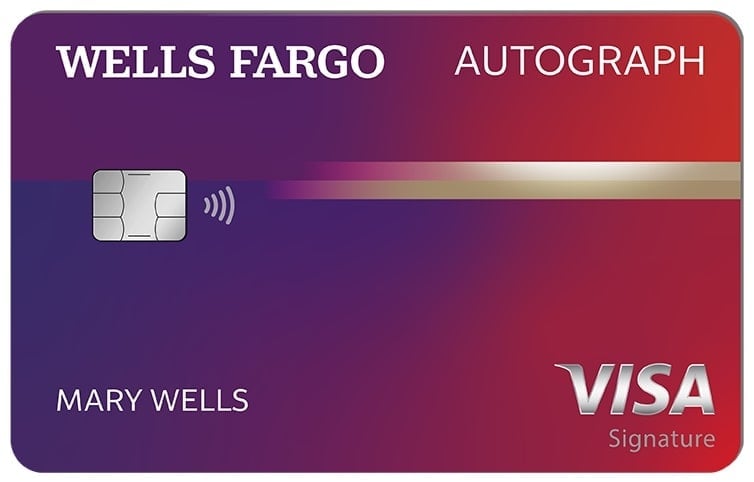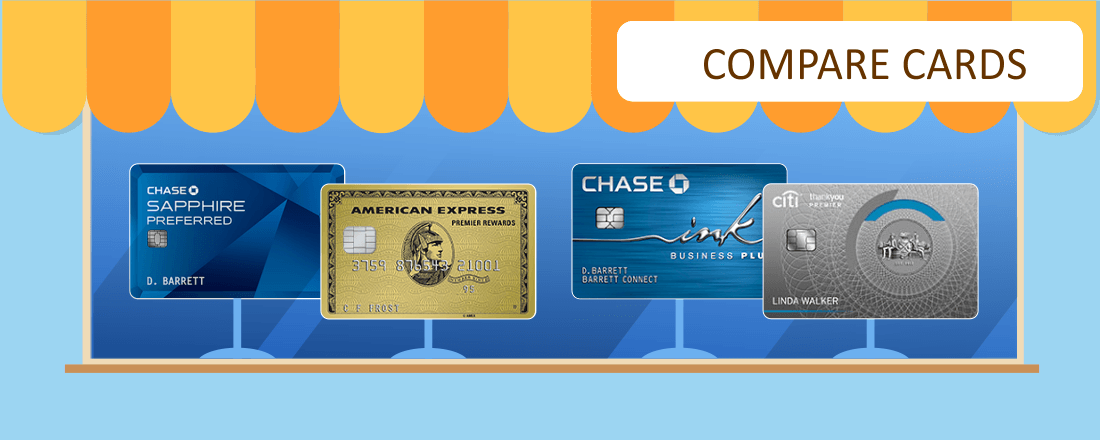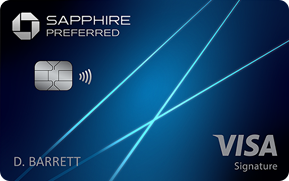Say Goodbye to Foreign Transaction Fees: The Ultimate Guide to Choosing the Right Card for International Travel
Discover how to keep more of your hard-earned money when spending abroad—and find the best no foreign transaction fee credit cards for 2025.
What Are Foreign Transaction Fees?
Let’s start with the basics. A foreign transaction fee is a surcharge (usually 1–3% of each purchase) that your credit card company adds when you make a transaction in a currency that’s not your home currency, or when your purchase is processed by a foreign bank. You’ll see these fees pop up when you’re swiping your card on vacation in Paris—or even when you shop online from a European, Asian, or Canadian website.

These fees may sound small, but they can quietly drain your wallet if you travel or shop internationally often. The good news? There’s a smarter way to spend: no foreign transaction fee cards, which keep more money in your hands—so you can focus on the adventure instead of the costs.
How Much Can You Save by Avoiding Foreign Transaction Fees?
The amount really adds up. Most credit card issuers charge a 3% fee per purchase processed in another currency. On a $2,500 family vacation, that’s an extra $75—just for the privilege of using your own card!
Imagine what you could do with those savings: savoring gelato in Rome, adding an extra excursion, or simply padding your emergency fund when you get home. Small percentages make a big difference over time.
Why Do Credit Cards Charge Foreign Transaction Fees?
It’s mostly about covering costs and risks. When you make a purchase outside your home country, your credit card issuer works with financial partners to convert your payment into your local currency, bearing certain international processing expenses and some currency fluctuation risk. That’s the official reason for the charge.
But it’s also a profit center—just ask anyone who’s dived into their credit card statements after a trip abroad. The truth? With modern technology making currency exchange nearly seamless, there’s rarely a real need for these fees. That’s why banks and card issuers are increasingly offering no foreign transaction fee cards—because savvy travelers won’t pay extra just to swipe.
The Benefits of No Foreign Transaction Fee Cards
- True cost transparency: What you see is what you pay, wherever you are in the world.
- Save hundreds annually: Especially if you’re a frequent traveler or often shop at international online stores.
- Enhanced travel perks: Many “no fee” cards are built with travelers in mind—think rental car insurance, trip delay coverage, and global concierge services.
- Rewards everywhere: Earn travel miles, cash back, or points for every dollar spent—without international fees eroding your rewards.
- Peace of mind: Less time worrying about fees, more time enjoying your adventures.
How to Avoid Foreign Transaction Fees
You don’t need a PhD in finance to dodge these pesky charges. Here are straightforward steps:
- Choose a credit card with no foreign transaction fee. The easiest (and safest) method by far. Many major banks offer excellent options, both for premium travelers and budget-minded families.
- Always pay in local currency. If a foreign merchant asks, “Would you like this in dollars or euros/pounds/yen?”—choose the local currency. Paying in dollars often applies an extra “dynamic currency conversion” fee on top.
- Avoid debit cards abroad (unless you know yours is fee-free). Debit cards often have higher or hidden fees for international purchases and ATM withdrawals.
- Check your card agreements and app before you go. Even among “travel” cards, terms can change year to year—stay on top of it for maximum savings.

Best No Foreign Transaction Fee Credit Cards in 2025
After reviewing major industry sources (The Points Guy, NerdWallet, US News), here are the top picks for 2025. Each card listed below charges $0 in foreign transaction fees on overseas or international purchases.
| Card | Annual Fee | Best For | Key Features & Rewards | Apply |
|---|---|---|---|---|
| Chase Sapphire Preferred | $95 | All-around travel & dining | 5x points on travel via Chase, 3x points on dining, transfer to 14+ airline/hotel partners, robust travel insurance | Apply |
| Capital One Venture Rewards | $95 | Simple, high flat-rate rewards | 2x miles on all purchases, 5x on Capital One Travel, flexible points transfers, TSA PreCheck credit | Apply |
| Bilt Mastercard | $0 | Renters & flexible travel rewards | Earn points on rent (w/o fee), 3x dining, 2x travel, points transfer to airlines/hotels | Apply |
| Capital One Savor Cash Rewards | $0 | Dining & entertainment | 3% back on dining, entertainment, grocery; 8% on Capital One entertainment; no annual fee | Apply |
| American Express Gold Card | $325 | Dining & travel enthusiasts | 4x points at restaurants/worldwide, 3x on flights, valuable transfer partners | Apply |
| Chase Sapphire Reserve | $550 | Luxury frequent travelers | 3x on travel/dining, lounge access, $300 travel credit, top-tier protections | Apply |
Remember, details like bonuses and rewards categories may change—always check the latest terms before applying.
Comparing No Foreign Transaction Fee Cards
Which card is best for you? That depends on your travel style, spending habits, and preferences for points, miles, or cash back. Here are a few things to weigh:
- Annual fee vs. rewards: If you seldom travel internationally, consider a no-annual-fee card. If you jet-set frequently, a $95–$550 annual fee might be offset by perks and rewards.
- Rewards structure: Do you like maximizing specific categories (dining, travel, groceries), or do you prefer the simplicity of flat-rate rewards?
- Additional benefits: Travel protections (trip insurance, lost baggage, rental car coverage), lounge access, credit for TSA PreCheck/Global Entry—these add value for regular travelers.
- Point transfer partners: If you love flexible rewards for flights/hotels, look for cards with strong transfer programs (Chase, Amex, Capital One).

Real-Life Travel Tips: Using Your Card Abroad
- Notify your bank: Many banks’ fraud detection systems might mistakenly freeze your card if they see transactions in another country. Use the app or call to set a travel notice.
- Have a backup: Pack more than one card, on different networks (e.g., Visa and Amex), in case a merchant doesn’t accept one or you face a lost card.
- Always pay in the local currency: Decline “dynamic currency conversion”—it’s just another hidden fee.
- Save digital backups: Take photos of your cards and customer service contacts, and keep copies in a secure cloud folder or hidden in your email drafts.
- Watch exchange rates: Even with a fee-free card, rates fluctuate. Use your bank app to check how much purchases really cost.
How to Choose the Right No Foreign Transaction Fee Card for You
It’s not just about avoiding fees—picking the right card is about aligning your spending with your values. Here’s how to shop wisely:
- Know your habits. Are you a once-a-year vacationer, or do you fly for work every month? Will you use the perks (airport lounges, travel credits), or are you just after simplicity?
- Calculate your break-even point. For cards with an annual fee, estimate how much you’d need to spend (and what rewards/perks you’d earn) for it to make sense.
- Check acceptance abroad. Visa and Mastercard are most widely accepted internationally. American Express and Discover may be trickier in some places.
- Read the fine print. Card benefits and rules change—scan the latest terms on the issuer’s official site before you apply.
- Decide if you want cash back or points/miles. If you’re not loyal to a particular airline or hotel, cash back offers maximum flexibility.
Above all—choose a card you’ll love using every day, not just when you’re overseas. Because the best money management strategy is the one you’ll stick with!
Common Mistakes (and How to Avoid Them)
- Ignoring hidden fees. Some travel cards market “no foreign transaction fee” but may charge higher ATM fees, cash advance fees, or poor currency conversion rates. Double-check the fine print.
- Only using one card abroad. Things happen—fraud alerts, lost cards, or a network not being accepted. Always bring at least one backup.
- Not redeeming points smartly. Don’t let points or miles expire, and always compare redemption options for best value!
- Letting a card gather dust. Use your no-foreign-transaction-fee card at home, too—many have great rewards for U.S. spend.
Frequently Asked Questions
-
Do all travel cards have no foreign transaction fee?
No—some basic “travel” or airline cards still add a 3% fee. Always check before applying. -
Can no foreign transaction fee cards be used for online shopping from international retailers?
Absolutely! You’ll save the fee even when shopping from overseas websites that process payments abroad. -
Is it better to use a credit card or cash internationally?
Generally, a credit card (with no foreign transaction fee) is safer and offers better exchange rates. Carry a little cash, but don’t rely on it alone. -
What about exchange rates?
Card networks (Visa, Mastercard, etc.) usually offer good exchange rates. Avoid merchant-offered “dynamic currency conversion” to prevent extra fees. -
Will I earn rewards on international purchases?
Yes—just like domestic transactions, you’ll earn rewards if your card offers them, even on foreign purchases.
Conclusion: Take Control of Your Travel Spending
Travel should be about making memories, not worrying over hidden fees or surprise charges. No-foreign-transaction-fee cards are a simple, empowering way to stretch every dollar—so you can spend wisely, save effortlessly, and explore with confidence.
If you’re ready to save (and maybe boost your rewards game too), go back and review the comparison table above. Then pick the card that fits your financial personality and wanderlust style. And before you know it, you’ll be sipping espresso in Florence, hiking in Japan, or browsing Parisian markets—knowing you’re spending wisely, wherever life takes you.
You work hard for your money. Don’t let banks nibble away at it with unnecessary fees—choose smart, travel far, and live boldly!

